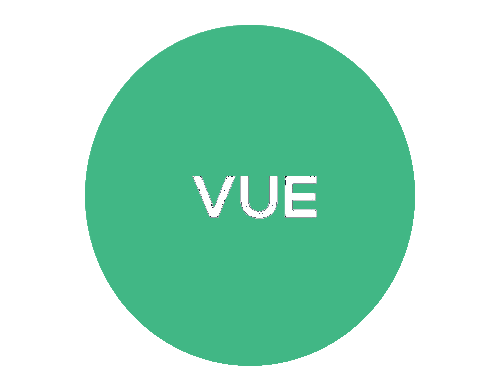In PHP, the nullish coalescing operator (??) and the ternary operator (? :) serve different purposes when it comes to handling values and conditions.
- Use nullish coalescing to set a default value only if the variable is `null` or equivalent to `false` values.
- Use ternary operator to check for truthiness and assign different values based on the outcome.
- Nullish coalescing is more concise and avoids null reference errors, while ternary operators offer more flexibility for different truthy checks.
Checking for Null vs. Truthiness:
- Nullish Coalescing: Checks if the left operand is null or equivalent to falsey values (0, empty string, false). If yes, it returns the right operand. Otherwise, it returns the left operand.
- Ternary Operator: Checks if the left operand evaluates to a "truthy" value (anything except 0, empty string, false). If yes, it returns the second operand. Otherwise, it returns the third operand.
// Nullish Coalescing // User submits an empty form $username = $_POST['username'] ?? 'Guest'; // Output: $username will be "Guest" because $_POST['username'] is null (empty form). //Ternary Operator // User submits form with username "John" $username = isset($_POST['username']) ? $_POST['username'] : 'Guest'; // Output: $username will be "John" because $_POST['username'] is set and truthy.
Chaining Fallback Values:
- Nullish Coalescing: Can be chained to provide multiple fallback options. If the left operand is null, it moves to the next operand, and so on, until a non-null value is encountered.
- Ternary Operator: Cannot be chained directly. Each fallback condition requires a separate ternary operator statement.
//Nullish Coalescing // User doesn't provide avatar in URL or form $avatar = $_GET['avatar'] ?? $_POST['avatar'] ?? 'default.png'; // Output: $avatar will be "default.png" because neither $_GET['avatar'] nor $_POST['avatar'] is set. //Ternary Operator // User doesn't provide avatar in URL or form $avatar = isset($_GET['avatar']) ? $_GET['avatar'] : (isset($_POST['avatar']) ? $_POST['avatar'] : 'default.png'); // Output: Same as nullish coalescing example, but code is less concise.
In summary:
- Use nullish coalescing to set a default value only if the variable is null or falsey.
- Use the ternary operator when checking for truthiness and assigning different values based on various conditions.
- Nullish coalescing offers conciseness and avoids null reference errors, while ternary operators provide more flexibility for complex truthy checks.
Choose the operator that best suits your specific logic and desired handling of null values, keeping their differences in mind for clear and efficient code.



